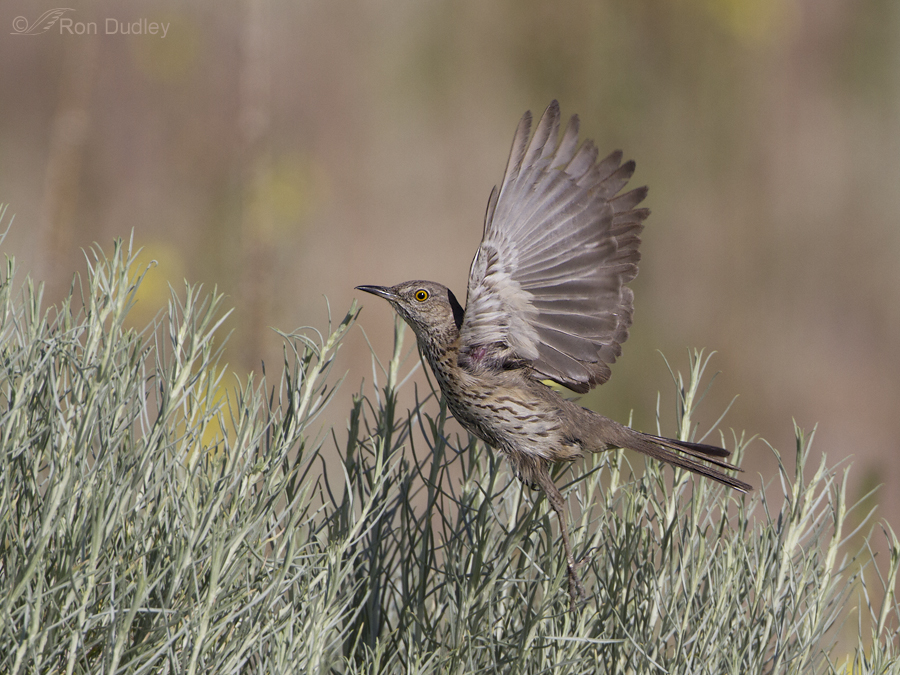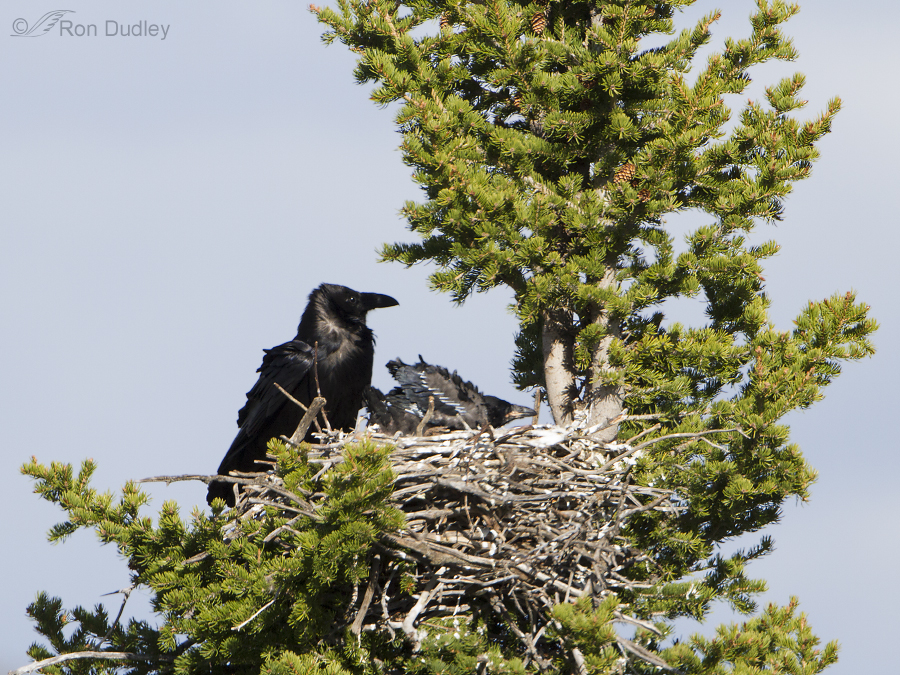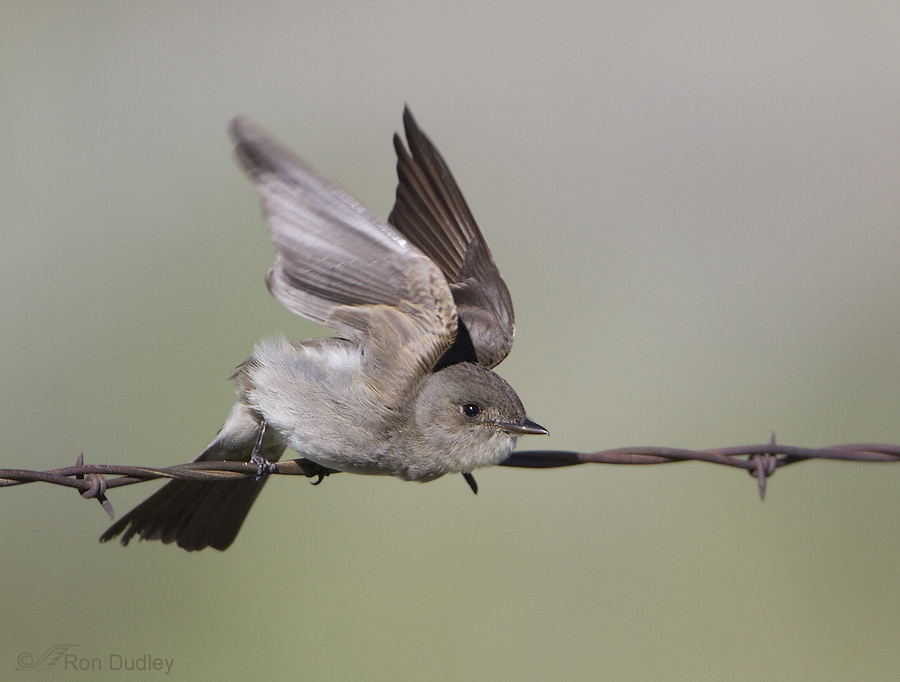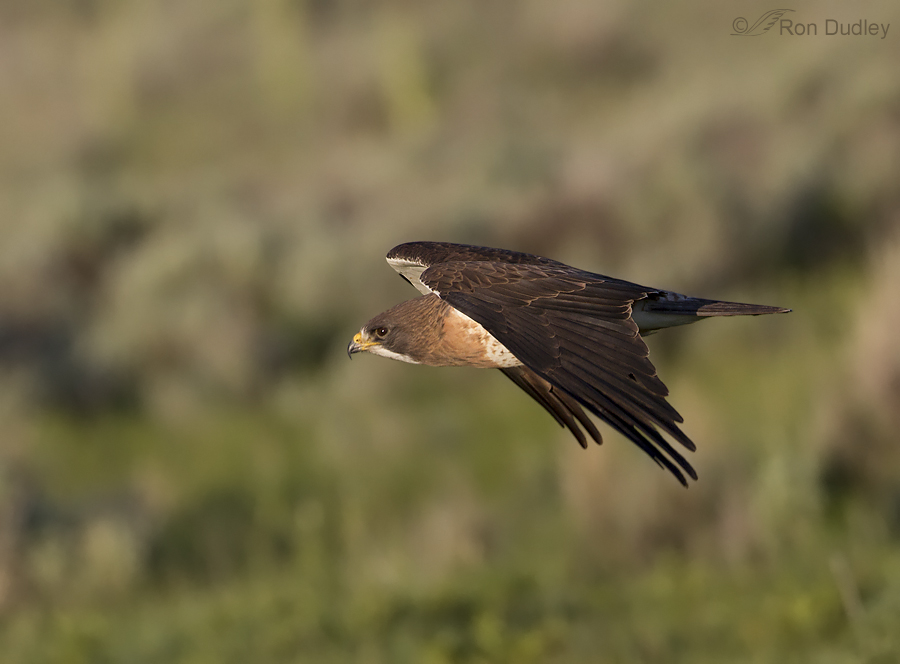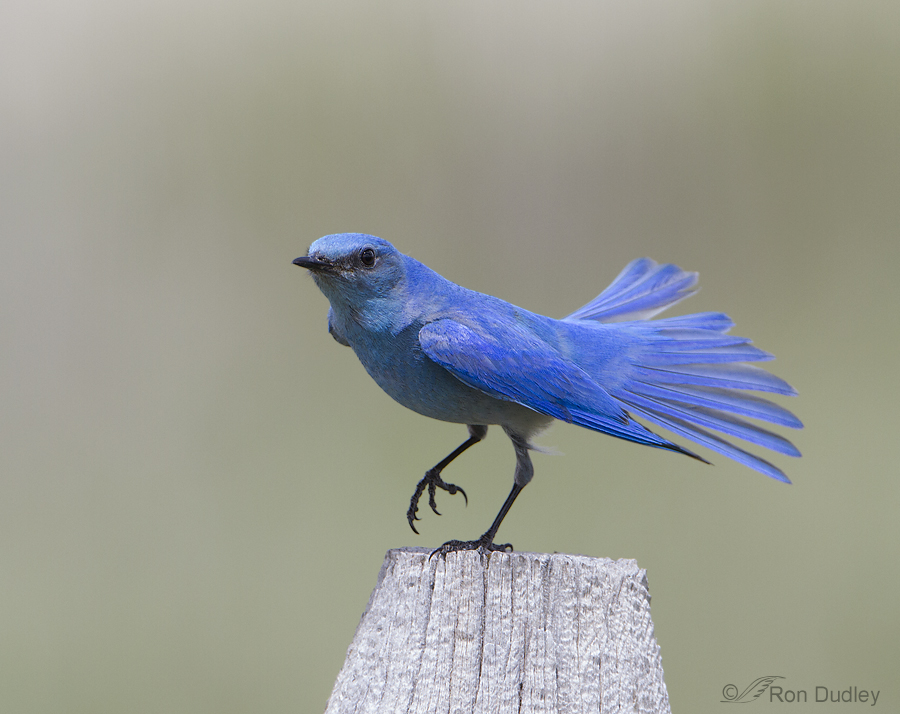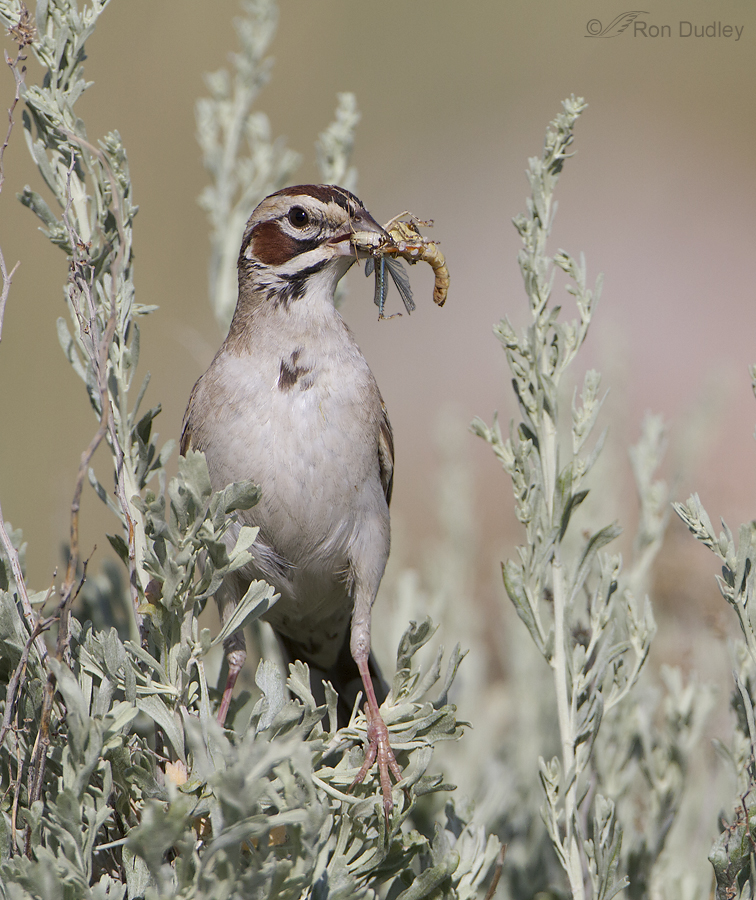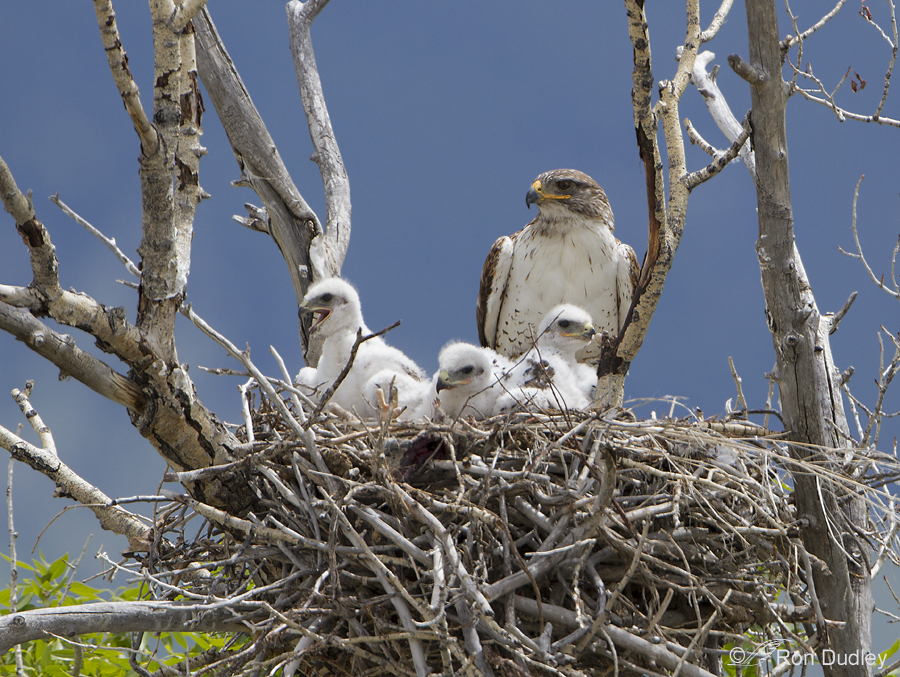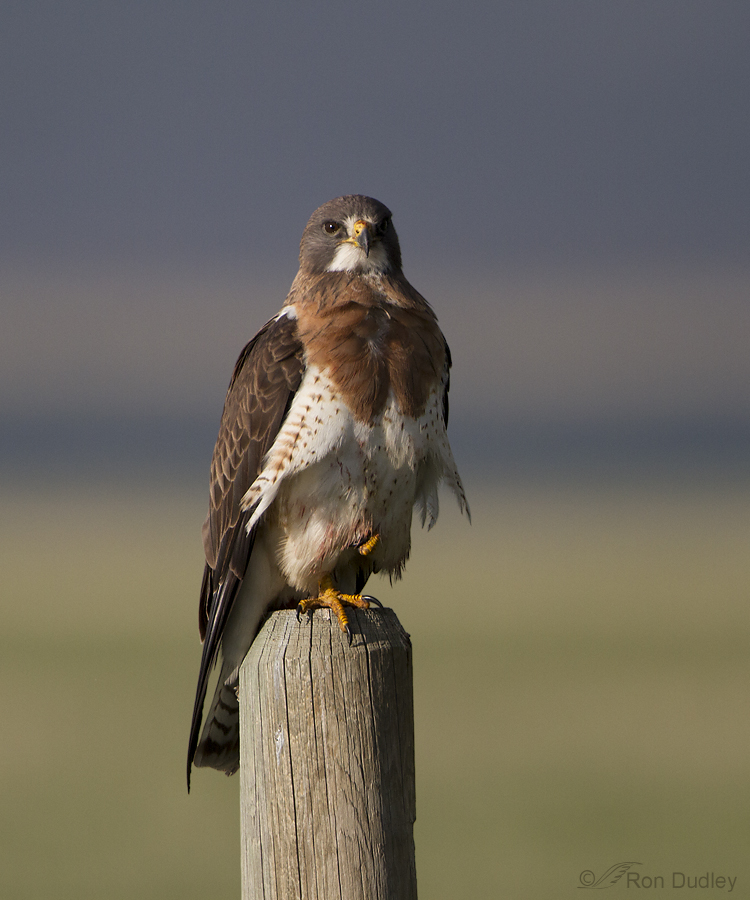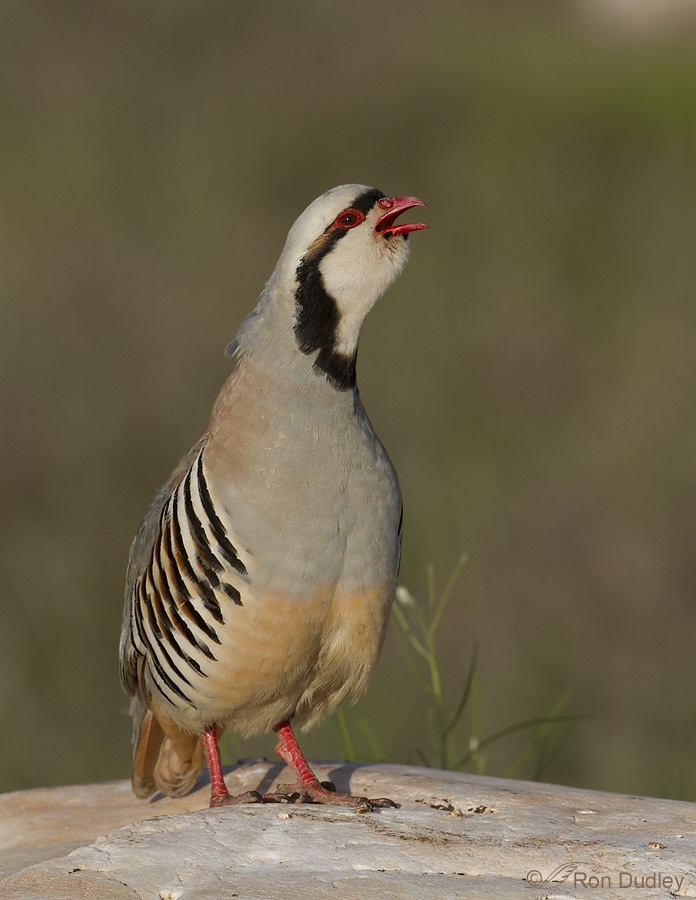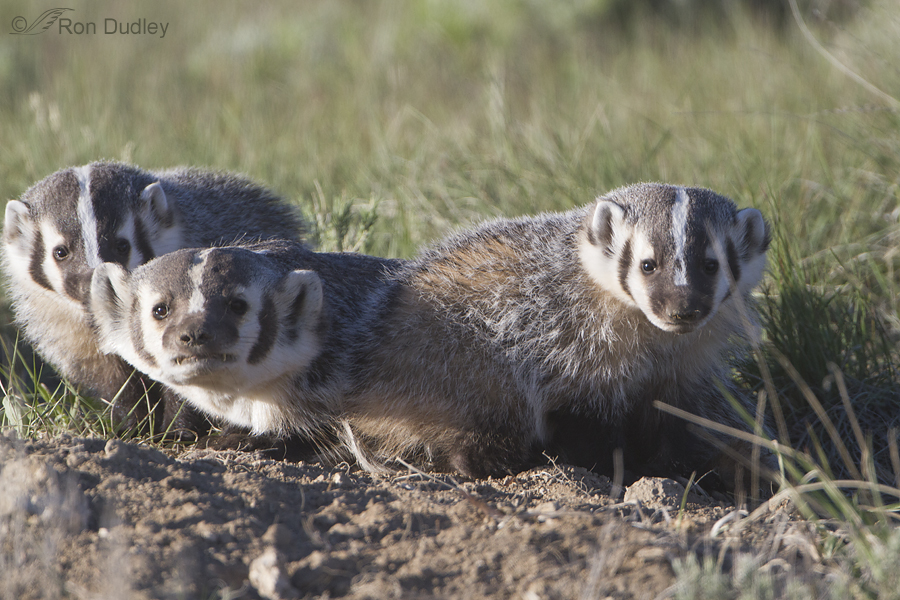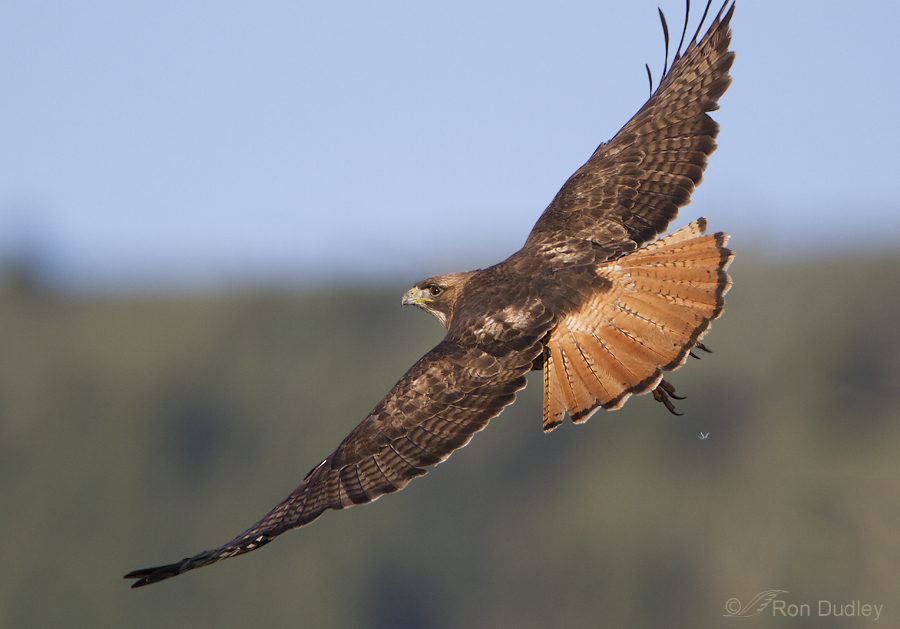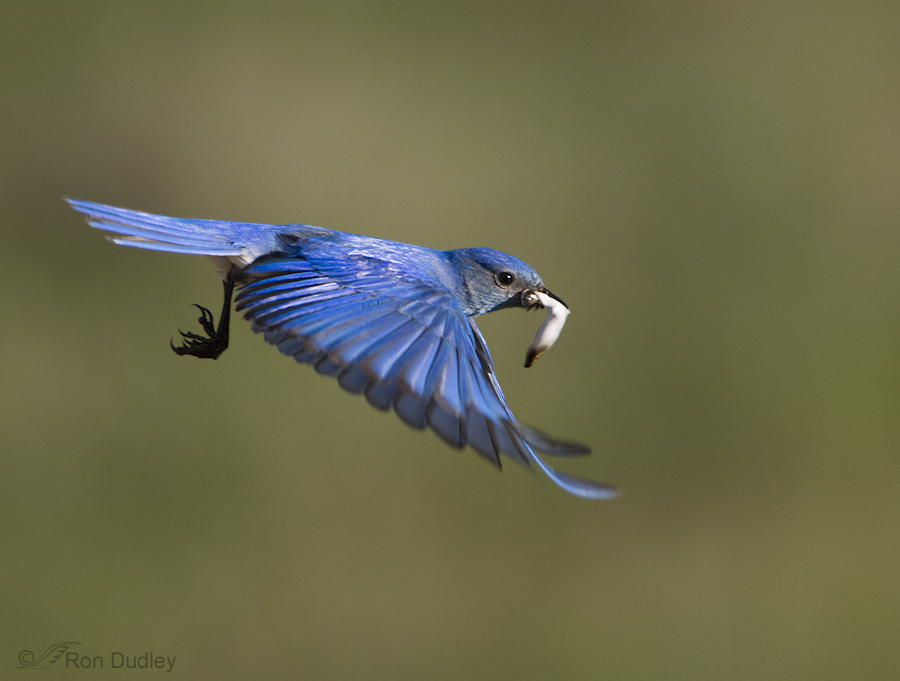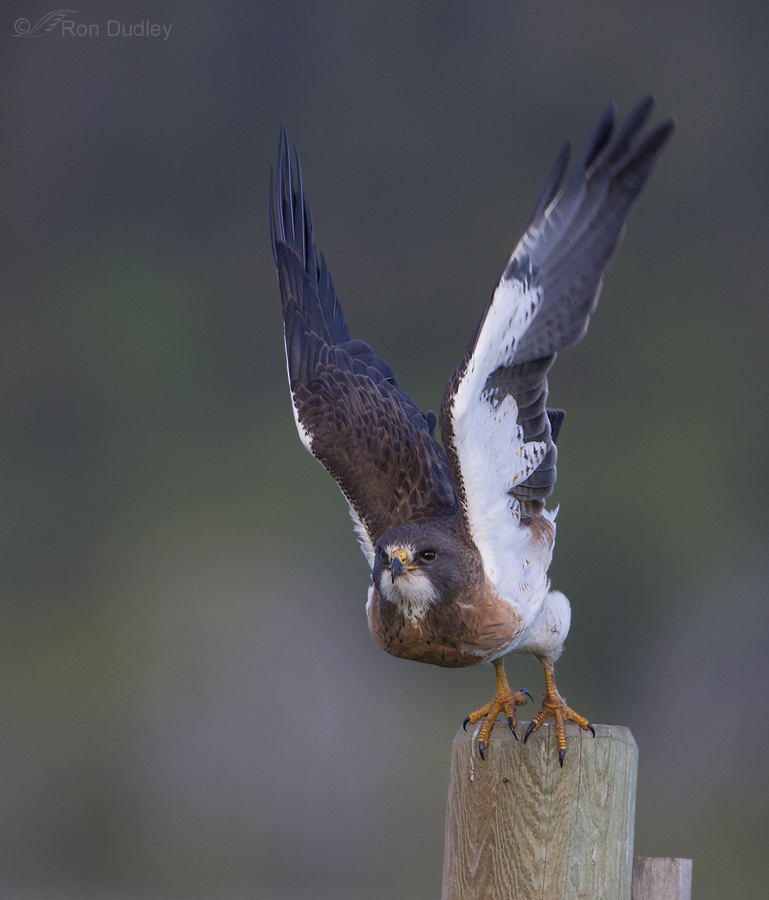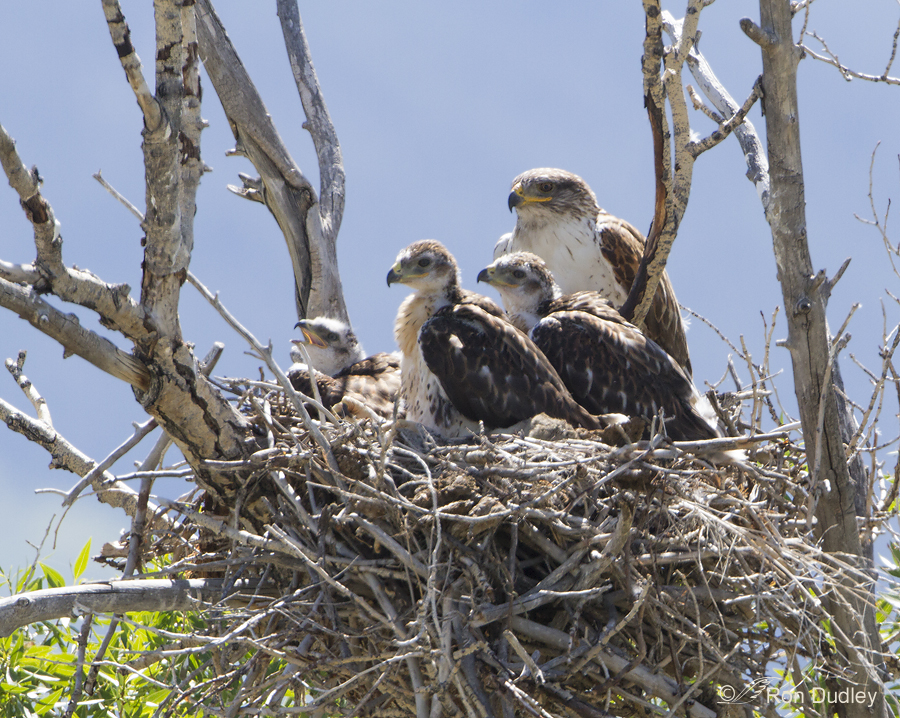
We arrived home from our latest foray into western Montana yesterday afternoon – earlier than planned due to uncooperative weather and (to some extent) birds. Those issues are just part of the game when you’re a bird photographer but I’m sure we’ll try again several more times this summer and early fall. We still had a great time, saw some wonderful new and wild country, reacquainted with an old friend (and met a new one who now lives in Alaska but graduated from the same Salt Lake City High School where I was a teacher for 18 years – small world!) and reveled as we always do in our time spent in Big Sky Country. And I did get a few shots that I like that I’ll be posting soon. This post is for documentary purposes only – no aesthetics involved. In a completely unplanned manner (long story) we ended up spending a few minutes at the Ferruginous Hawk nest that I posted about here from our last Montana trip. I thought some of you might like to see how the chicks are coming along. This is one of the images from that earlier post – taken on June 6, 2013. Here are the same birds 12 days later, June 18, 2003. As you can see, the kids are growing up – and quickly! We had no choice but to be there at mid-day so the birds are side lit by very harsh light but I still think the comparison between the two images gives the viewer a good idea of how much development occurs in…
Continue reading
